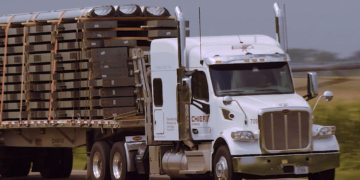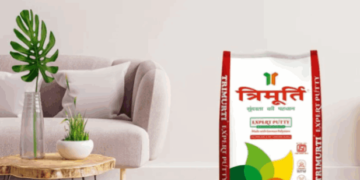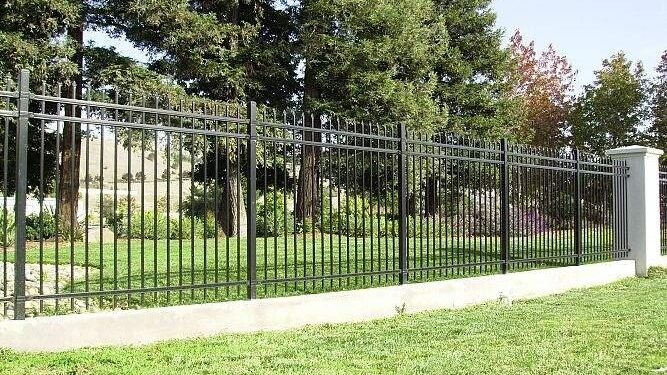Fences often go unnoticed—until they don’t work. In many places, they’re treated as a simple border or a safety measure that sits in the background. But with more attention now being placed on the full design of a property, fencing has started to take on a larger role. It affects not only security but also the way a space feels from the outside in.
First impressions matter, especially for public-facing spaces like schools, businesses, or community centres. A fence is one of the first things people see, yet it’s often chosen quickly, based on cost or convenience. The result can be something that feels out of place—too industrial, too plain, or too uninviting for the setting. Rethinking how fences are used, however, opens new possibilities.
Modern designs allow fences to blend in or stand out in ways that match the purpose of the space. A nursery might choose bright panels with softer lines. A corporate office may go for sleek, neutral tones that match the building. These choices do more than improve the look—they send a message about what the space is and who it’s for.
Security fencing doesn’t have to be cold or harsh to be effective. With better materials and smarter layouts, it can protect while still offering a sense of openness. Clear lines, good visibility, and proper placement can help reduce risk without making the area feel closed off. When the fence matches the flow of the space, it becomes a part of the experience, not just a boundary.
The function of a fence goes beyond keeping people out. It directs movement, defines zones, and supports the overall layout of a site. In parks or mixed-use areas, fencing helps guide visitors without limiting them. In busy schools or hospitals, it can separate public and private sections while allowing for clear access points. These uses require more thought—but they also deliver better results.
Different types of fencing can meet different needs. Metal panels may suit industrial areas, while timber or composite options work well in gardens or walkways. Mesh styles can provide visibility for security staff, while solid panels offer privacy where needed. It all depends on the location, the people using the space, and what the fence is meant to achieve.
Good design also considers how the fence connects to other parts of the site. Gates, lighting, and pathways all play a part. When they’re designed together, the space works better as a whole. Movement feels natural. Entry and exit are clear. The site is easier to use—and it feels safer without needing to be heavily guarded.
Security fencing is just one part of this picture, but it’s a key one. When chosen well, it supports both form and function. It helps meet legal requirements, improves safety, and still fits the tone of the site. A good fence doesn’t shout—it works quietly in the background, doing its job without drawing attention.
Even small upgrades can make a big difference. Replacing a worn gate, changing materials, or adding thoughtful finishes can improve both appearance and performance. It shows care and attention to detail, which helps build trust with anyone visiting or using the space.
In the end, fencing should do more than just stand there. It should serve a purpose, match its environment, and support how people move and interact. When these things come together, the fence stops being just a line—it becomes a feature.
Rethinking fencing means looking beyond function alone. It means asking how it fits into the bigger picture. And when you do, you’ll find it’s not just about what’s inside the fence—but how that fence helps shape the space around it.





























